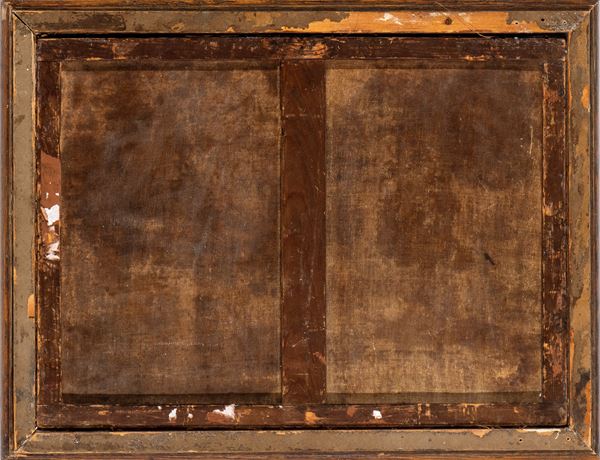334
Artista attivo a Roma, fine XVIII - inizio XIX secolo
View of the Ponte Rotto over the Tiber with the church of San Salvatore de Pede Pontis
Oil on canvas
cm. 42x56. Framed
The painting is in original canvas.
The work is of considerable historical and topographical interest because it provides an accurate description of the church of San Salvatore de Pede Pontis, better known as San Salvatore a Ponte Rotto, with its façade built in the early 18th Century by Ludovico Gregorini. The church was demolished in 1886 during the construction of the Tiber embankments. The painting closely resembles the composition of an exceptional drawing by Jan Asselijn executed around 1640 and now in the Rijksmuseum of Amsterdam.
Live auction 275
Paintings, Drawings and Sculptures from 14th to 19th Century
Palazzo Caetani Lovatelli, thu 23 November 2023
SINGLE SESSION 23/11/2023 Hours 15:00






